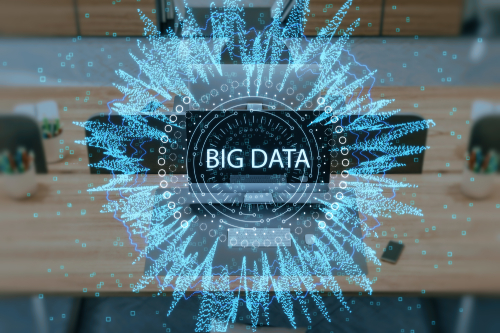Big Data
Big Data refers to large and complex data sets that traditional data processing software cannot manage. Here's a deeper look into Big Data:

Loading

Hadoop : An open-source framework for distributed storage and processing of large data sets using a cluster of computers.
Spark : An open-source data processing engine for big data analytics that provides fast, in-memory processing.
No SQL Databases : Databases like Mongo DB, Cassandra, and HBase designed for handling large volumes of unstructured data.
Data Warehouses : Platforms like Amazon Redshift and Google BigQuery for storing and analyzing large data sets.
Data Lakes : Centralized repositories that allow you to store all your structured and unstructured data at any scale.
Healthcare : Analyzing patient data to improve diagnostics, treatments, and healthcare services.
Finance : Detecting fraud, analyzing market trends, and making investment decisions.
Retail : Understanding customer behavior, optimizing inventory, and personalizing marketing strategies.
Manufacturing : Predictive maintenance, quality control, and supply chain optimization.
Telecommunications : Network optimization, customer experience management, and service personalization.
Data Privacy and Security : Ensuring that sensitive data is protected from unauthorized access.
Data Quality : Maintaining the accuracy and consistency of data.
Storage and Processing : Managing the vast amount of data efficiently.
Integration : Combining data from various sources and formats.
Big Data provides tremendous opportunities for organizations to gain insights and make informed decisions. However, it also requires robust infrastructure and advanced tools to manage and analyze the data effectively.